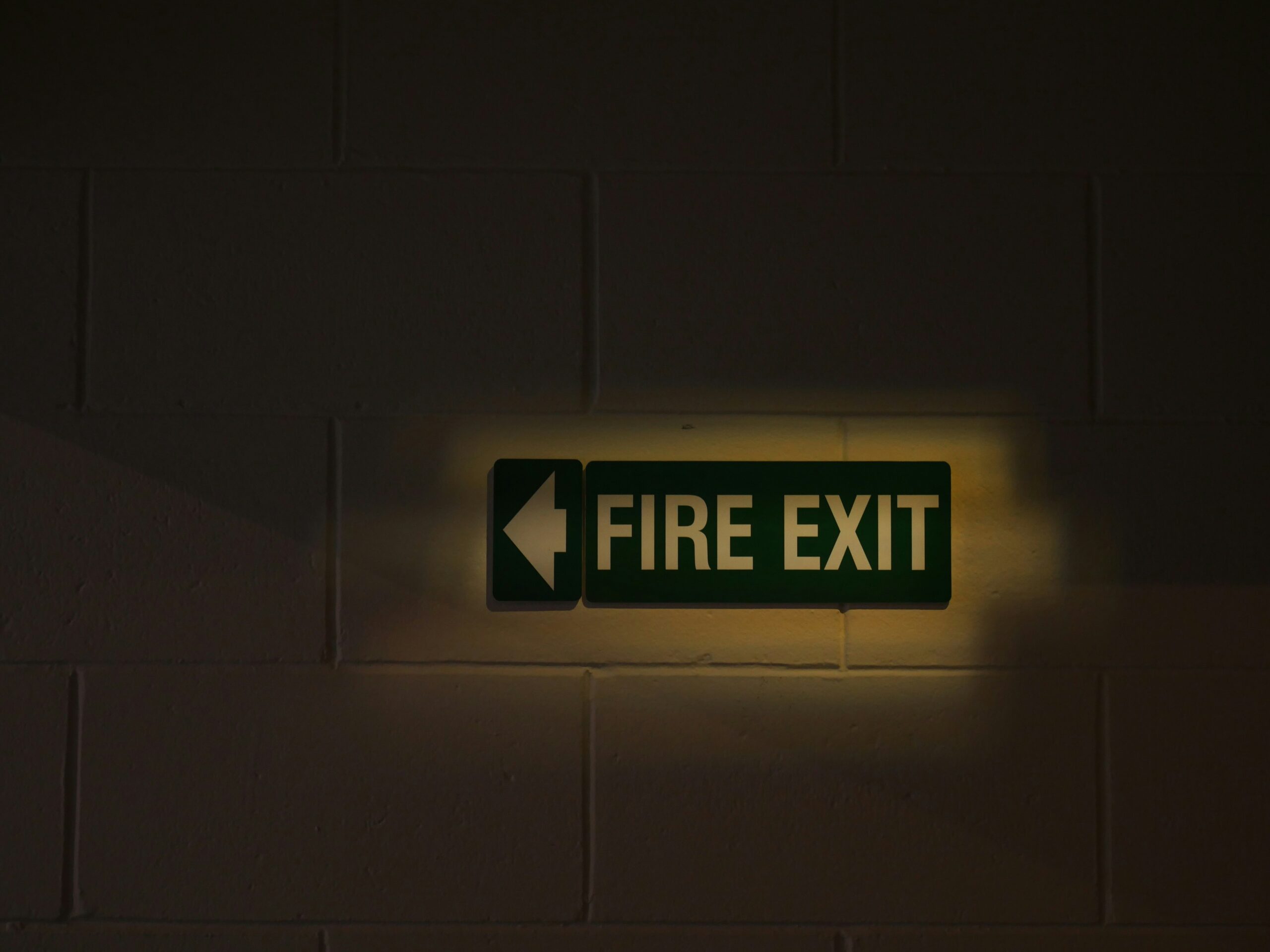
Types of Emergency Lighting Solutions
In the UK, emergency lighting plays a crucial role in ensuring the safety of occupants in both commercial and residential settings. There are several types of emergency lighting solutions, each designed to address specific needs and applications. Understanding these options can help clients make informed decisions for their safety requirements.
One primary type of emergency lighting is maintained lighting. This system typically operates continuously alongside normal lighting. In case of a power failure, maintained lights switch seamlessly from the mains supply to battery power, ensuring that illumination is constant. This type is particularly suitable for areas where visibility is critical at all times, such as corridors, stairwells, and exit routes.
Conversely, non-maintained lighting activates only during a power failure. When the main power supply is disrupted, these lights automatically illuminate, guiding occupants to safety. Non-maintained systems are often used in areas not frequently occupied, such as storage rooms or less-trafficked exits. Their lower energy consumption during normal operations can be a cost-effective solution for many facilities.
Self-testing emergency lighting systems are also gaining popularity. These systems regularly check their functionality without requiring manual intervention, ensuring that any faults are detected and reported automatically. This enhances safety as it reduces the chances of non-compliance with safety regulations, as maintenance becomes effortless and systematic.
Integrated emergency lighting solutions represent another advanced option, combining emergency lights with standard lighting fixtures. This approach not only maximises space and aesthetics but also streamlines maintenance. Furthermore, these systems can often be designed to work seamlessly with building management systems, promoting overall efficiency and safety in the facility.
In conclusion, various emergency lighting solutions are available in the UK market, ranging from maintained and non-maintained systems to advanced self-testing and integrated options. Each has unique features that cater to specific environments and requirements, allowing clients to choose the ideal option for their safety needs.
Regulatory Compliance and Safety Standards
In the UK, emergency lighting is governed by a variety of regulations and safety standards designed to ensure the safety of individuals in the event of an emergency. Among the most significant of these regulations is the Fire Safety Order 2005, which mandates that all non-domestic premises must have adequate emergency lighting systems in place. This legal framework places the onus of responsibility on business owners to ensure that their emergency lighting meets the necessary compliance requirements to protect both personnel and property.
Additionally, British Standard 5266 outlines comprehensive guidelines for the design, installation, and maintenance of emergency lighting systems. This standard provides a systematic approach to emergency lighting, detailing the minimum illuminance levels and the necessary duration of illumination during a power failure. Compliance with BS 5266 ensures that safety measures are predictable, effective, and aligned with best practices in the industry. Business owners must regularly review their emergency lighting systems to confirm that they remain fit for purpose, thereby fulfilling their legal obligations under these regulations.
Best practices for maintaining compliant emergency lighting systems involve routine testing and maintenance checks. It is advisable for organisations to conduct functional tests at regular intervals, ensuring all emergency lights are operational and free from obstruction. Additionally, visible signage should indicate the locations of emergency exits and lighting systems. Regular inspections and thorough documentation of these practices can significantly enhance safety and compliance levels. Ultimately, failure to adhere to these regulations could result in severe consequences, including legal liabilities and undue risk to employees and visitors. Thus, understanding the regulatory landscape surrounding emergency lighting is crucial for maintaining a safe environment.
Why Choose LJR Group for Emergency Lighting?
When it comes to emergency lighting solutions in the UK, LJR Group has established itself as a leader in the industry. With years of experience, LJR Group offers unparalleled expertise in providing reliable and efficient emergency lighting systems designed to meet the most rigorous safety standards. Understanding the critical role that instant illumination plays in ensuring safety during emergencies, the company focuses on delivering high-quality solutions tailored to individual needs.
One of the key strengths of LJR Group is its unwavering commitment to quality. The company employs state-of-the-art technologies and stringent quality control processes to ensure that all installations not only comply with UK regulations but also exceed customer expectations. This dedication to excellence has earned LJR Group a stellar reputation among clients across various sectors, including commercial, industrial, and public entities.
Customer service is at the forefront of LJR Group’s operational ethos. Clients benefit from a personalised approach, wherein the team conducts comprehensive assessments to understand the specific emergency lighting requirements of each project. This thorough consultation process allows for the design and implementation of bespoke solutions that provide peace of mind and maximum safety.
Numerous testimonials from satisfied clients attest to the reliability and effectiveness of LJR Group’s installations. Case studies illustrating successful projects further underscore the company’s capabilities and commitment to safety. These real-world examples serve to highlight LJR Group’s proficiency in navigating the complexities of emergency lighting, ensuring swift response and dependable functionality even in high-stress situations.
Ultimately, if you are seeking trustworthy emergency lighting solutions, LJR Group stands out as a provider that meets safety needs with expertise, quality, and customer care. Customers can be assured that their safety is in capable hands when partnering with LJR Group.

